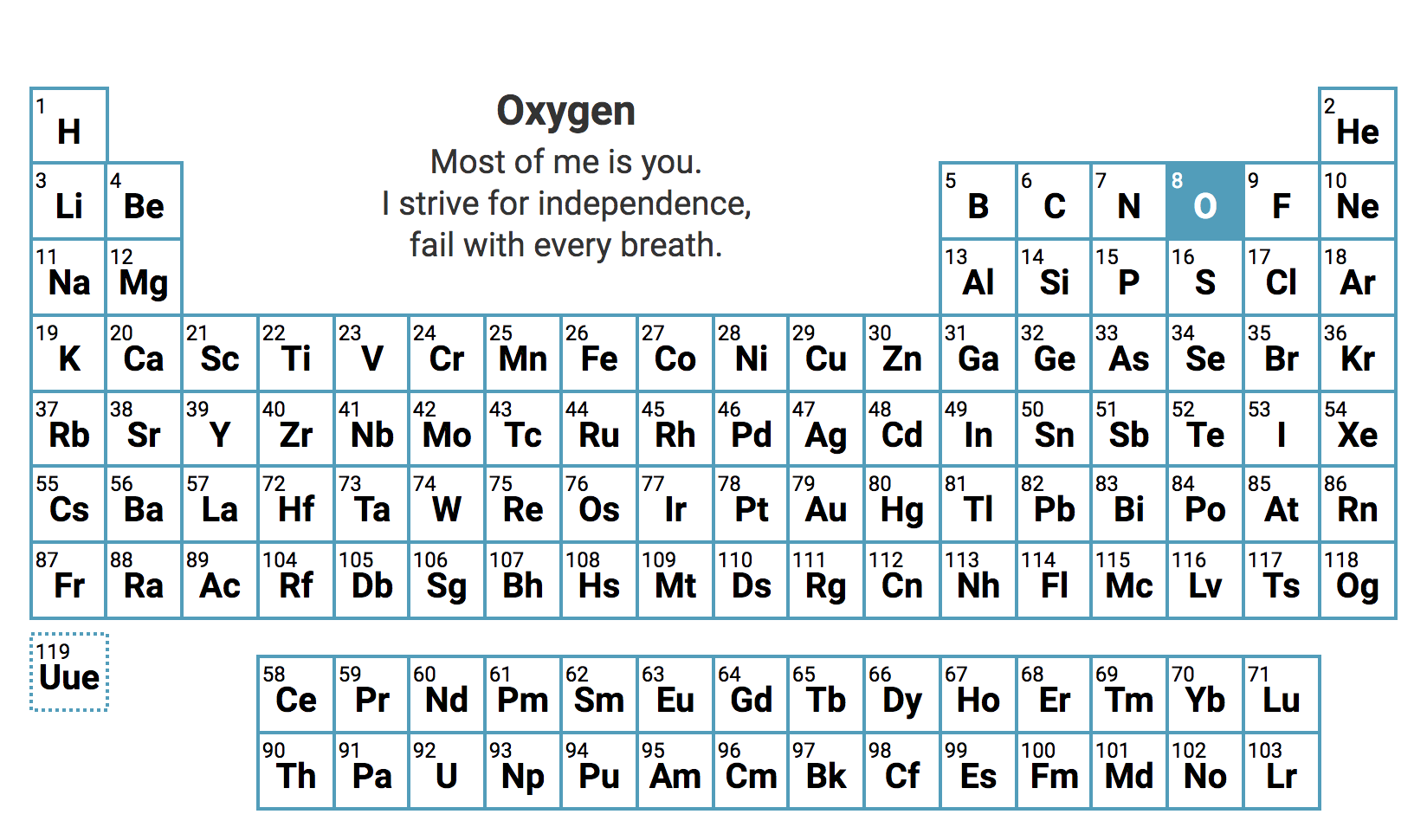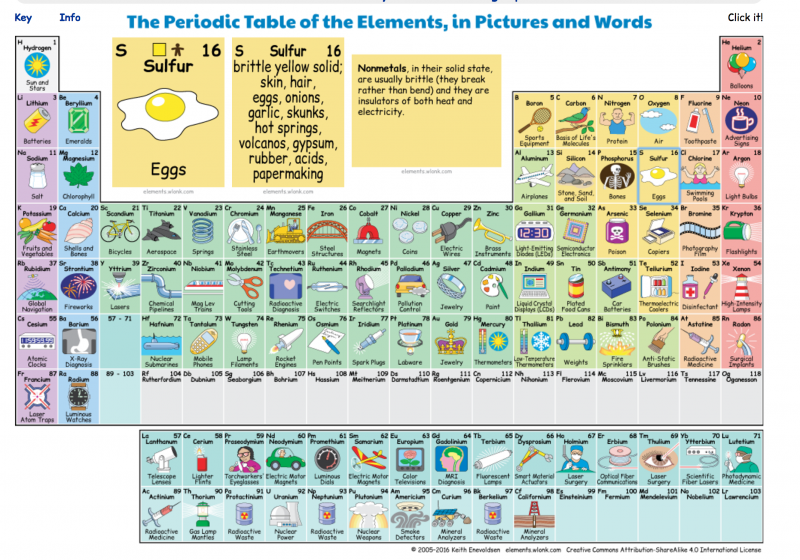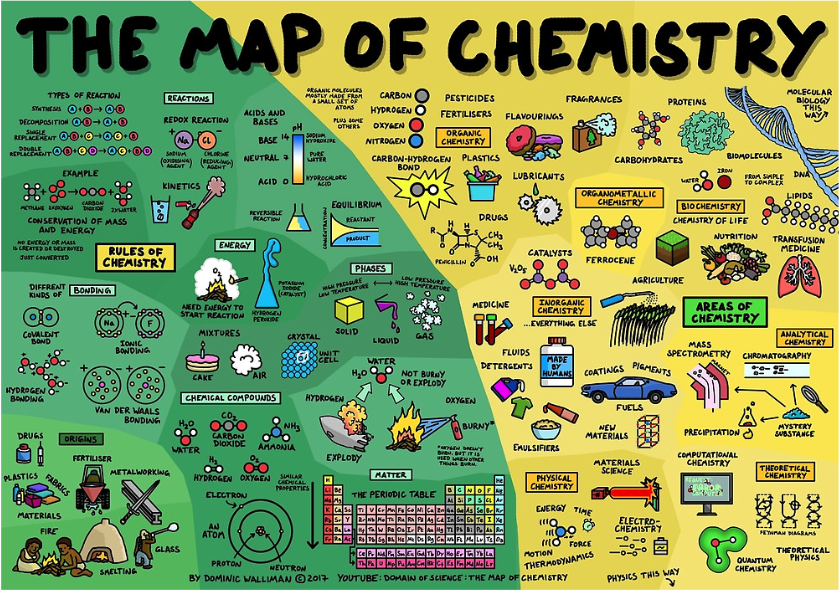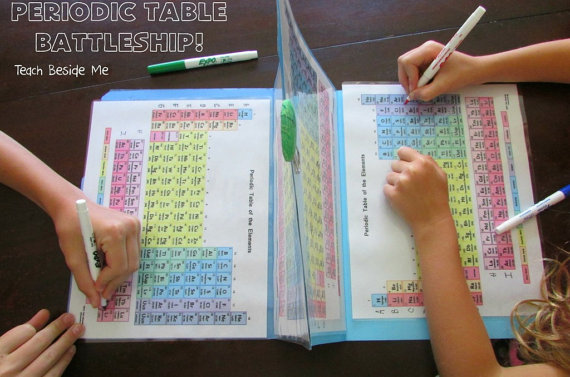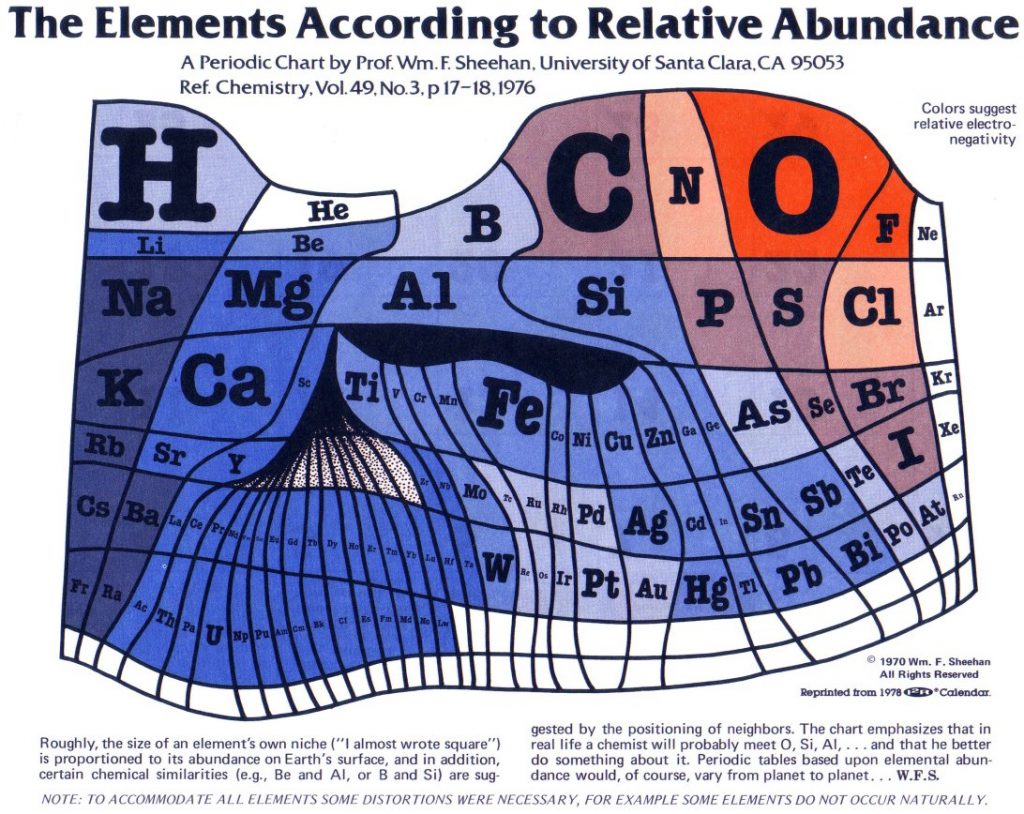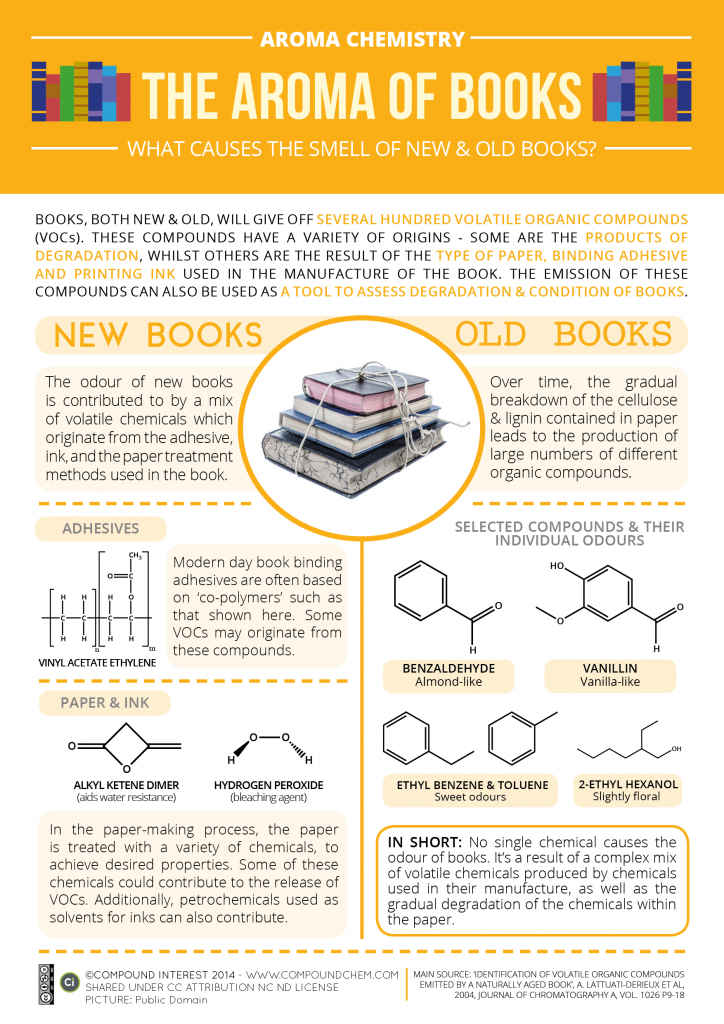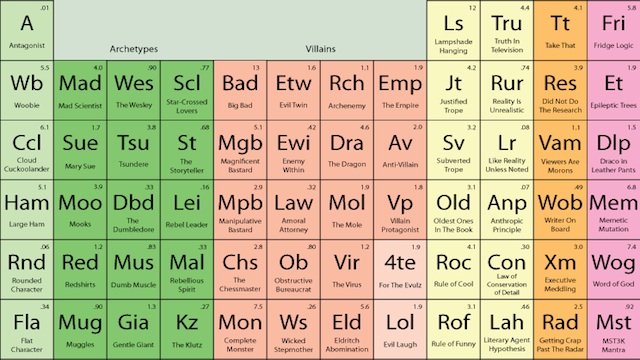Nitrogen.
Phosphorous.
Arsenic.
Aw, you sunk my battleship!
Milton Bradley’s classic board game, Battleship, can now be added to the roster of fun, creative ways to commit the Periodic Table of Elements to memory.
Karyn Tripp, a homeschooling mother of four, was inspired by her eldest’s love of science to create Periodic Table Battleship. I might suggest that the game is of even greater value to those who don’t naturally gravitate toward the subject.
Faced with the option of learning the elements via shower curtain or coffee mug osmosis, I think I’d prefer to take out an opponent’s submarine.
Rules of engagement are very similar to the original. Rather than calling out positions on a grid, players set their torpedoes for specific element names, abbreviations or coordinates. Advanced players might go for the atomic number. the lingo is the same: “hit,” “miss” and—say it with me—“you sunk my battleship!”
The winner is the player who wipes out the other’s fleet, though I might toss the loser a couple of reinforcement vessels, should he or she demonstrate passing familiarity with various metals, halogens, and noble gases.
To make your own Periodic Table Battleship set you will need:
4 copies of the Periodic Table (laminate them for reuse)
2 file folders
paper clips, tape or glue
2 markers (dry erase markers if playing with laminated tables
To Assemble and Play:
As you know, the Periodic Table is already numbered along the top. Label each of the four tables’ vertical rows alphabetically (to help younger players and those inclined to fruitless searching for the elements designated by their opponent)
Fasten two Periodic Tables to each folder, facing the same direction.
Uses markers to circle the position of your ships on the lower Table:
5 consecutive spaces: aircraft carrier
4 consecutive spaces: battleship
3 consecutive spaces: destroyer or submarine
2 consecutive spaces: patrol boat
Prop the folders up with books or some other method to prevent opponents from sneaking peeks at your maritime strategy.
Take turns calling out coordinates, element names, abbreviations or atomic numbers:
When a turn results in a miss, put an X on the corresponding spot on the upper table.
When a turn results in a hit, circle the corresponding spot on the upper table.
Continue play until the battle is won.
Repeat until the Table of Elements is mastered.
Supplement liberally with Tom Lehrer’s Elements song.
Those not inclined toward arts and crafts can purchase a pre-made Periodic Table Battleship set from Tripp’s Etsy shop.
Related Content:
Learn to Write Through a Video Game Inspired by the Romantic Poets: Shelley, Byron, Keats
Play Mark Twain’s “Memory-Builder,” His Game for Remembering Historical Facts & Dates
200 Free Kids Educational Resources: Video Lessons, Apps, Books, Websites & More
Ayun Halliday is an author, illustrator, theater maker, secular homeschooler and Chief Primatologist of the East Village Inky zine. Her play Zamboni Godot is opening in New York City in March 2017. Follow her @AyunHalliday.
